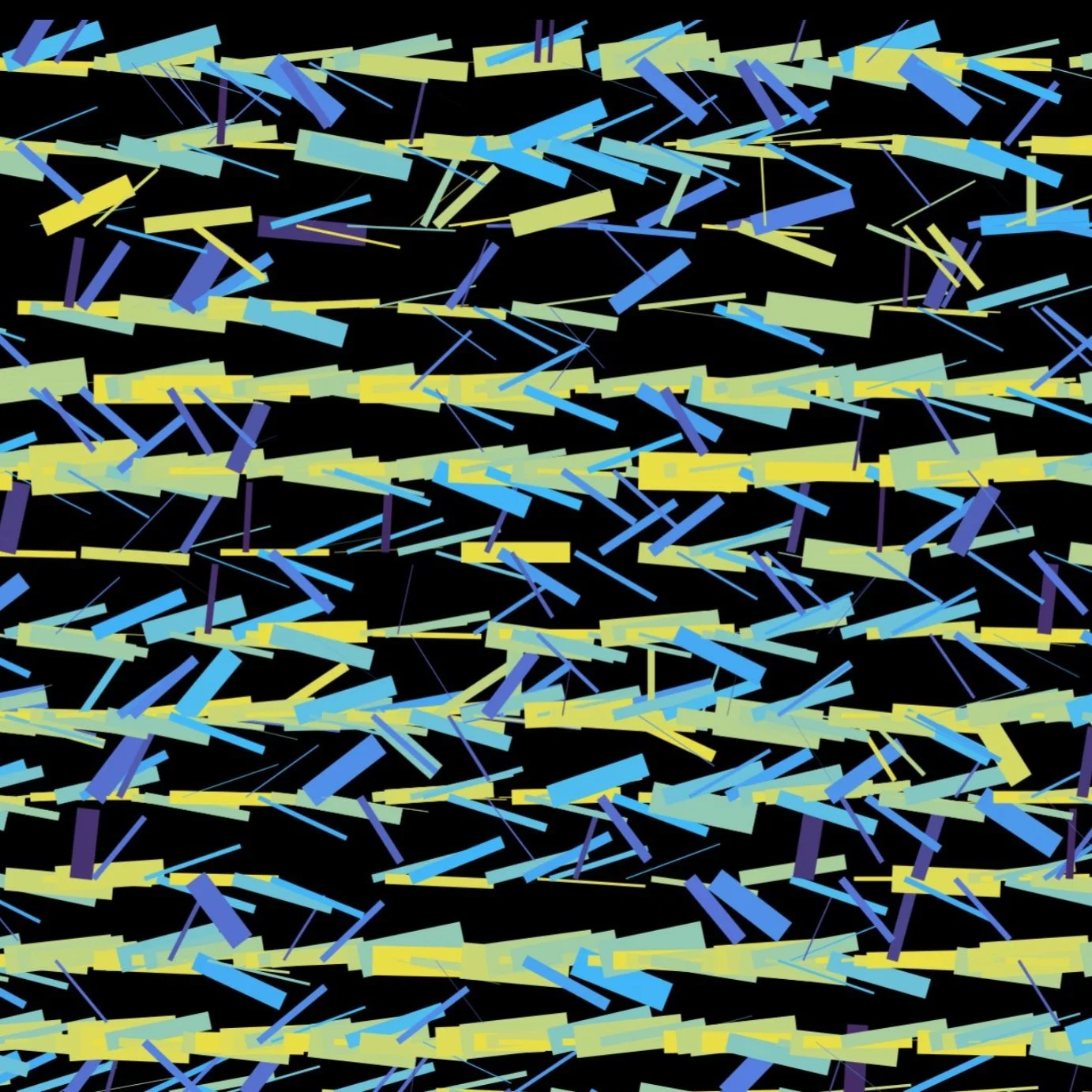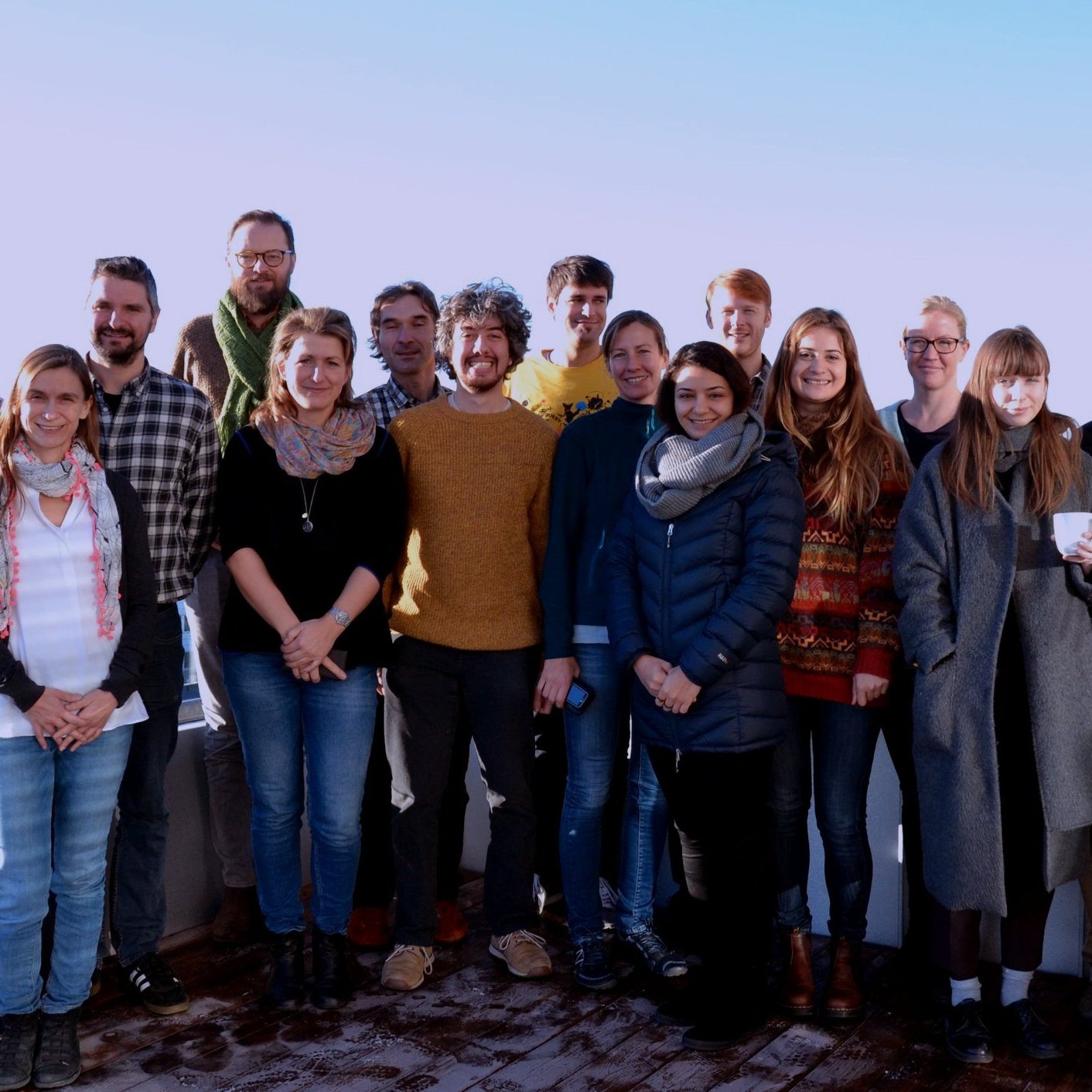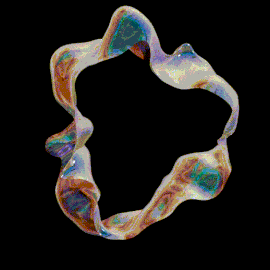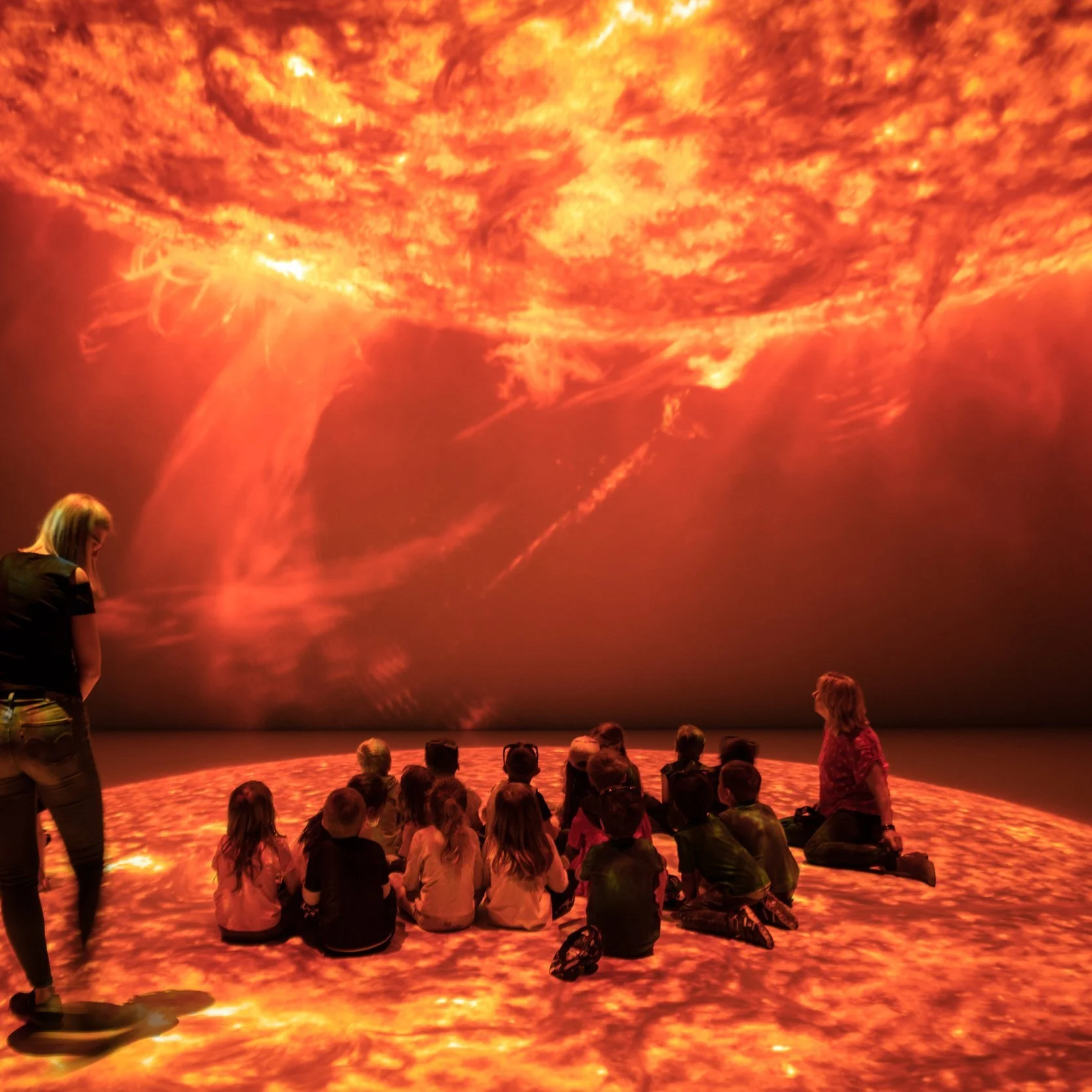– The AMBER programme immediately piqued my interest. My previous research has focused on nano-CT techniques, primarily utilizing synchrotron like coherent diffraction imaging to study cellular structures, says Bo He, postdoctoral fellow at Medical Radiation Physics at Lund University.
He explains that his career aspirations involve advancing multiscale and multimodal imaging research, bridging the gap from cellular imaging to whole-body visualization.
– Currently, my postdoctoral project combines MRI and X-ray imaging to study prostate cancer. I see the AMBER programme as an exceptional opportunity to enhance my expertise in tissue multimodal imaging. And AMBER provides advanced synchrotron facilities like MAX IV, and other cutting-edge infrastructures for researchers. I am confident that the resources and interdisciplinary expertise offered by AMBER will be instrumental in achieving my future research goals.
He completed is PhD at ShanghaiTech University from September 2018 to July 2024, with a major in Physics for X-ray imaging.
– During my PhD, I focused on high-precision three-dimensional synchrotron X-ray imaging studies in biological samples at the Shanghai Synchrotron Radiation Facility and the Canadian Light Source. Additionally, I spent about a year as a visiting student in the group of Pierre Thibault at the Elettra Synchrotron Radiation Facility, from August 2023 to May 2024.
– Those experiences in synchrotron-based imaging have provided me with valuable insights into the possibilities and current limitations of the technology. My curiosity about the world drives me in both my professional and personal life, says Bo He.
Ceren Mutgan Redolfi, in turn, says that she was attracted to apply for the AMBER position because it is a unique opportunity to conduct research in multiscale biological imaging.
– Its multidisciplinary, intersectoral, and international approach allows young researchers at the beginning of their careers to broaden their horizons, which I believe is an invaluable opportunity, says Ceren Mutgan Redolfi, a postdoctoral fellow at Vessel Wall Biology at Lund University.























